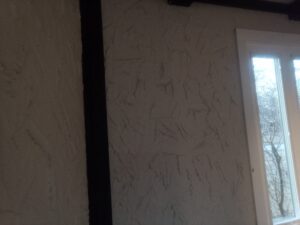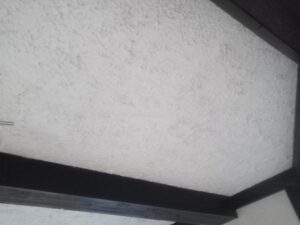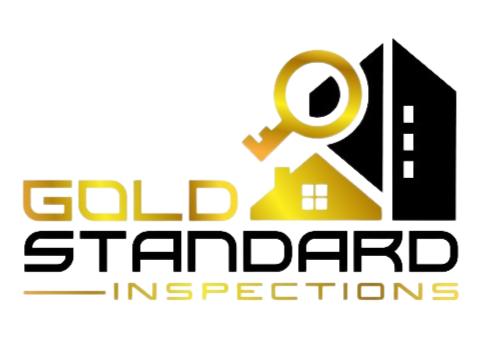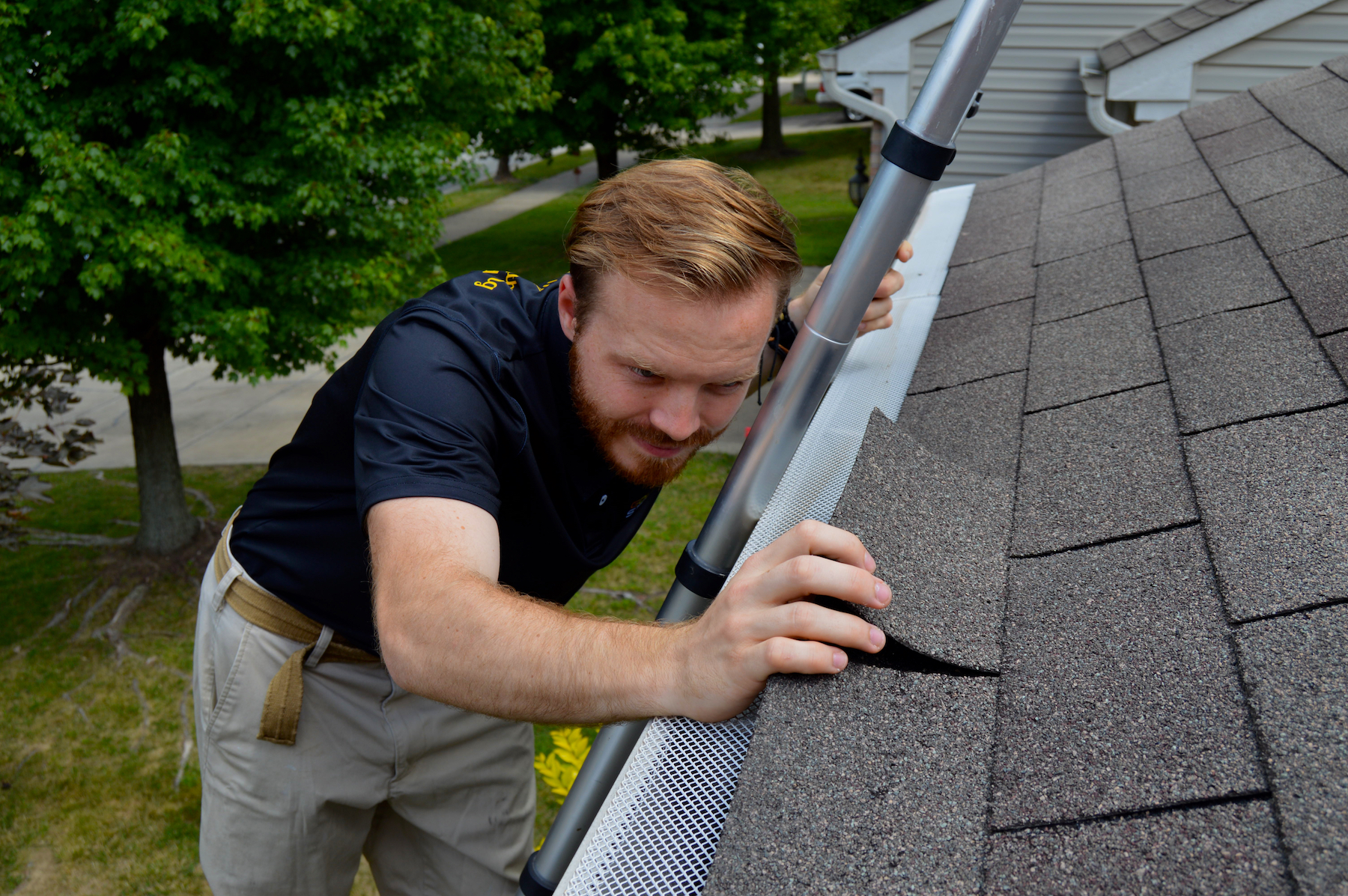Asbestos has a complex history in construction. One such way was in wall and ceiling texturing. While it was popular for its desirable properties, including durability and insulation, its health risks have led to strict regulations and awareness. This blog post explores the use of asbestos in texturing, its implications, and how to handle it safely.
When Was Asbestos Used in Texturing?
Asbestos was commonly used in wall and ceiling texturing from 1945 to at least 1980. During this period, contractors often applied textured paints and coatings to hide imperfections in acoustic ceilings. This method became popular as it provided a quick and effective way to improve the aesthetic appeal of homes and commercial spaces.
Why Was Asbestos Used?
Asbestos was favored for several reasons:
- Durability: Asbestos fibers are resistant to heat and wear, making them ideal for long-lasting applications.
- Fire Resistance: Asbestos is non-combustible, providing an added layer of fire protection in buildings.
- Sound Absorption: Textured surfaces helped in sound insulation, making them ideal for residential and commercial environments.
What Kind of Asbestos Was Used?
The type of asbestos most commonly found in wall and ceiling texturing is chrysotile, which typically comprises 1-5% of the content. While this may seem low, chrysotile is known for its friability, meaning it can easily crumble and release fibers into the air when disturbed.
Safety Concerns
The primary safety issue with asbestos in texturing arises when the material is disturbed or damaged. When this occurs, asbestos fibers can become airborne, posing health risks when inhaled. Prolonged exposure to asbestos fibers can lead to respiratory diseases, including asbestosis and mesothelioma.
Key Points to Remember:
- Asbestos in wall and ceiling textures is primarily a concern when the material is damaged or disturbed.
- The risk is minimized when the textured surfaces are left undisturbed and intact.
Testing for Asbestos
If you suspect that your wall or ceiling textures contain asbestos, the only way to confirm its presence is through laboratory analysis. It’s crucial not to attempt to remove or disturb the material yourself, as this can increase the risk of fiber release.
Who to Hire for Testing or Removal
When dealing with potential asbestos, it’s essential to hire qualified professionals:
- Certified Asbestos Inspectors: These experts can conduct thorough assessments of your property and collect samples for laboratory testing. They are trained to identify asbestos-containing materials and evaluate their condition.
- Licensed Asbestos Abatement Contractors: If asbestos is confirmed, these professionals are equipped to safely remove or encapsulate the material. They follow strict guidelines to ensure the safety of occupants and workers.
Conclusion
Asbestos in wall and ceiling texturing is a serious concern that requires careful handling. While its use was prevalent in mid-20th century construction, awareness of its health risks has led to increased scrutiny. Remember, keeping asbestos undisturbed is key to minimizing risks and ensuring a safe living environment.









